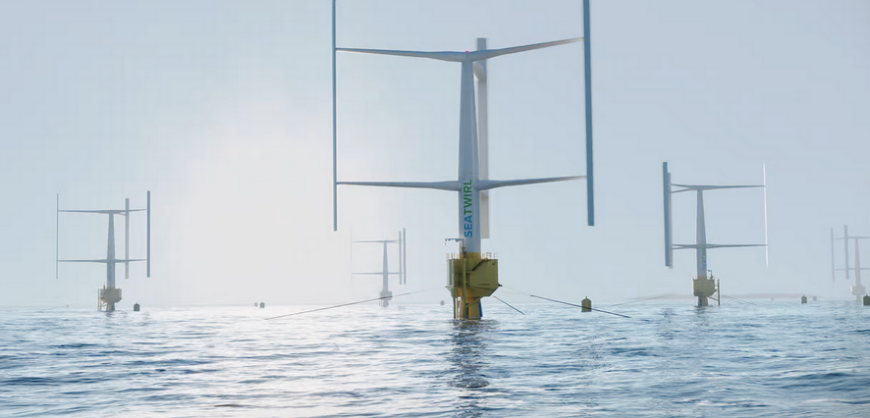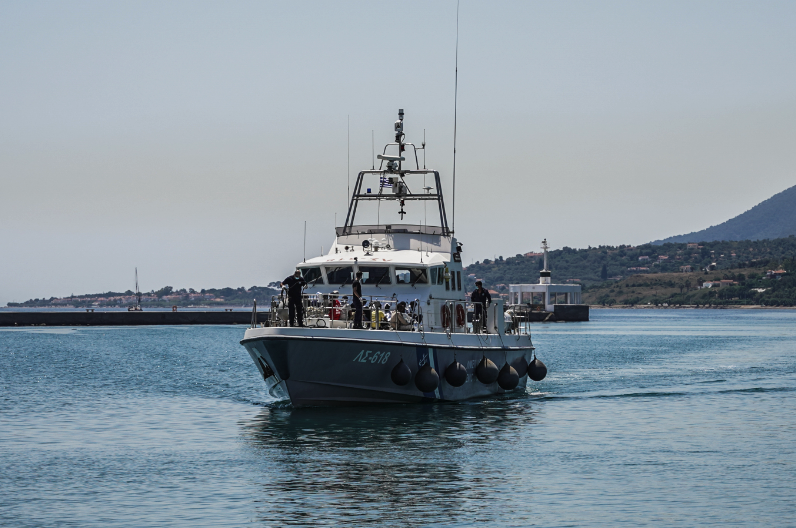We’ve been banging on a bit about floating offshore wind turbines lately, but with good reason. Take a look at the US Energy Information Administration’s projected Levelized Cost of Energy (LCoE) figures for 2027, on page 9 of this report. Deep offshore wind is a huge renewable energy opportunity in the race towards decarbonization, but as it stands, it’s so expensive that it’s going to be tough to make a business out of it. The almighty dollar will speak; if offshore wind isn’t profitable, humanity won’t get access to this resource.
But as has been aptly explained in our recent interviews with the hugely innovative World Wide Wind and the super-practical T-Omega Wind, part of the problem is the technology itself. Today’s fan-on-a-stick offshore wind turbines, according to these innovators, are built around on-shore designs and land-based thinking that will simply never work cost-effectively out in the deep ocean. There’s a massive opportunity here for fundamentally different designs to disrupt a rather sick-looking industry, deliver vastly cheaper energy from offshore wind farms, and by doing so, make a huge contribution to the clean energy revolution.
Quantum batteries: Strange technology that could provide instant power
Swedish company SeaTwirl has been around for a while; we first covered it way back in 2011. Officially founded in 2012, on the back of an idea first prototyped and tested all the way back in 2007, the company has had a small, 30-kW test version of its floating turbine technology called the S1 installed off the coast of Lysekil, Sweden since 2015. Rising 13 m (43 ft) above the waterline and reaching down 18 m (59 ft) below, it’s been connected to the grid and making power for seven years and counting, and has proven its ability to withstand hurricane-level wind and wave conditions.
Read more: New Atlas




































